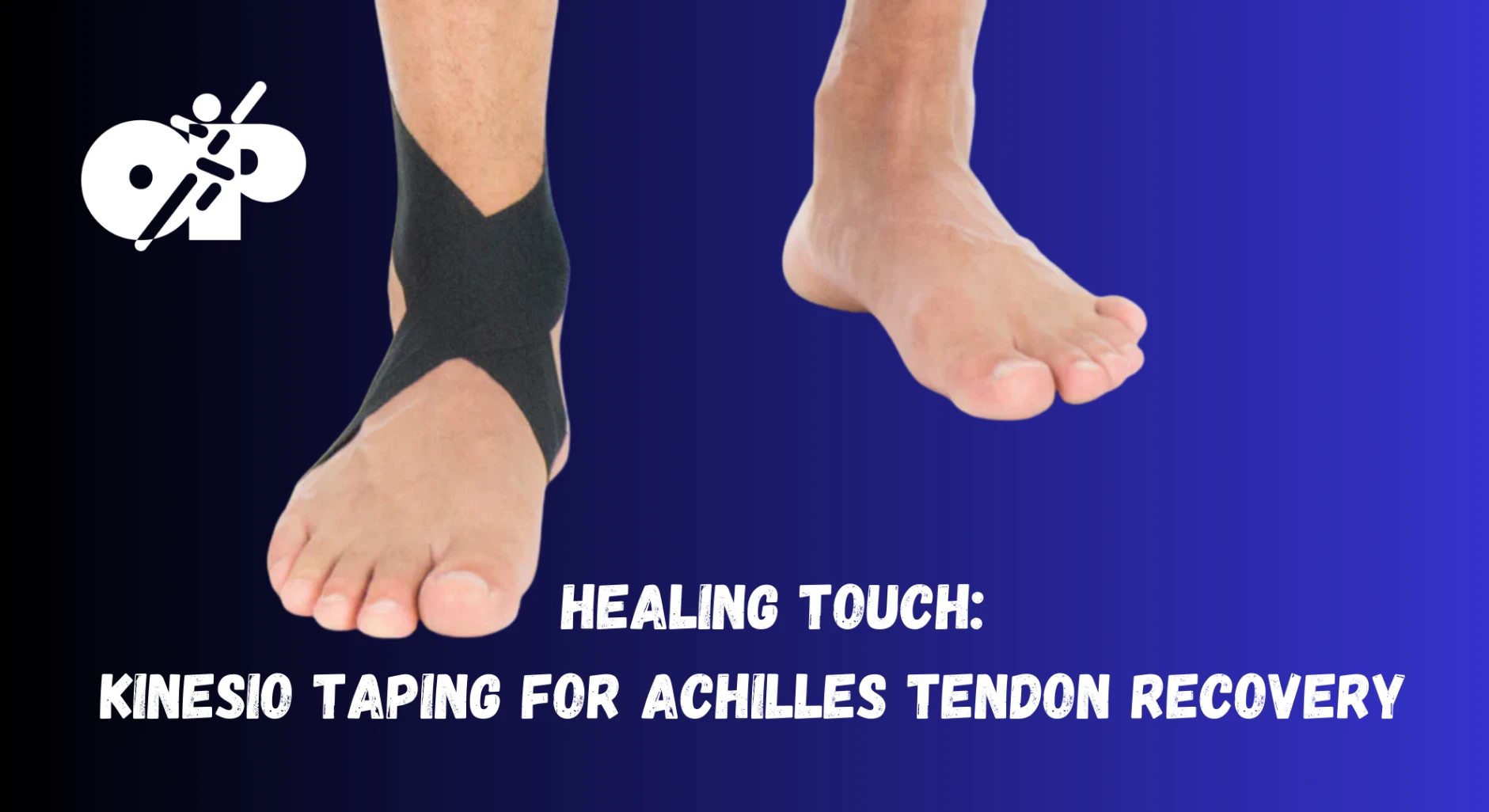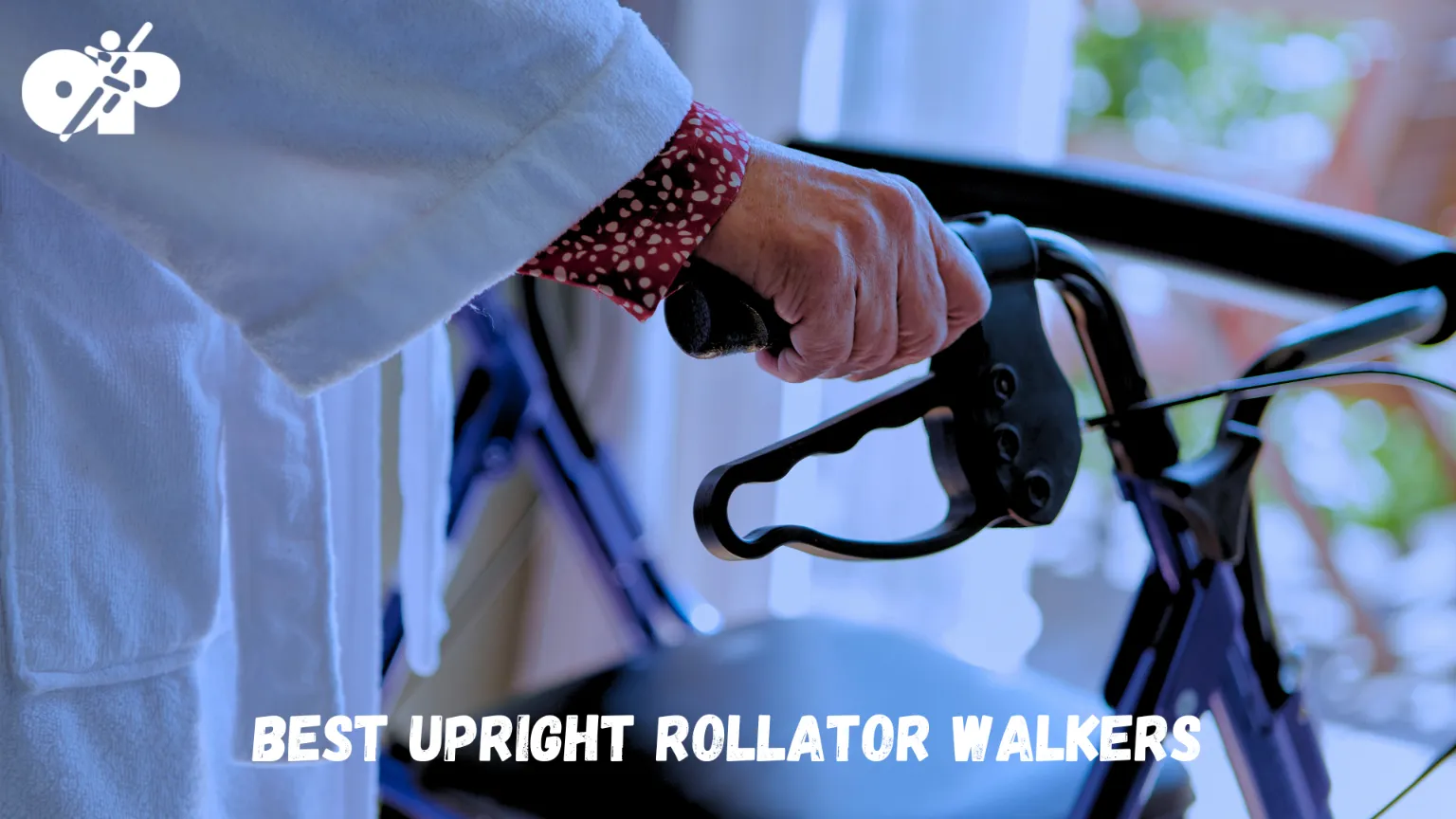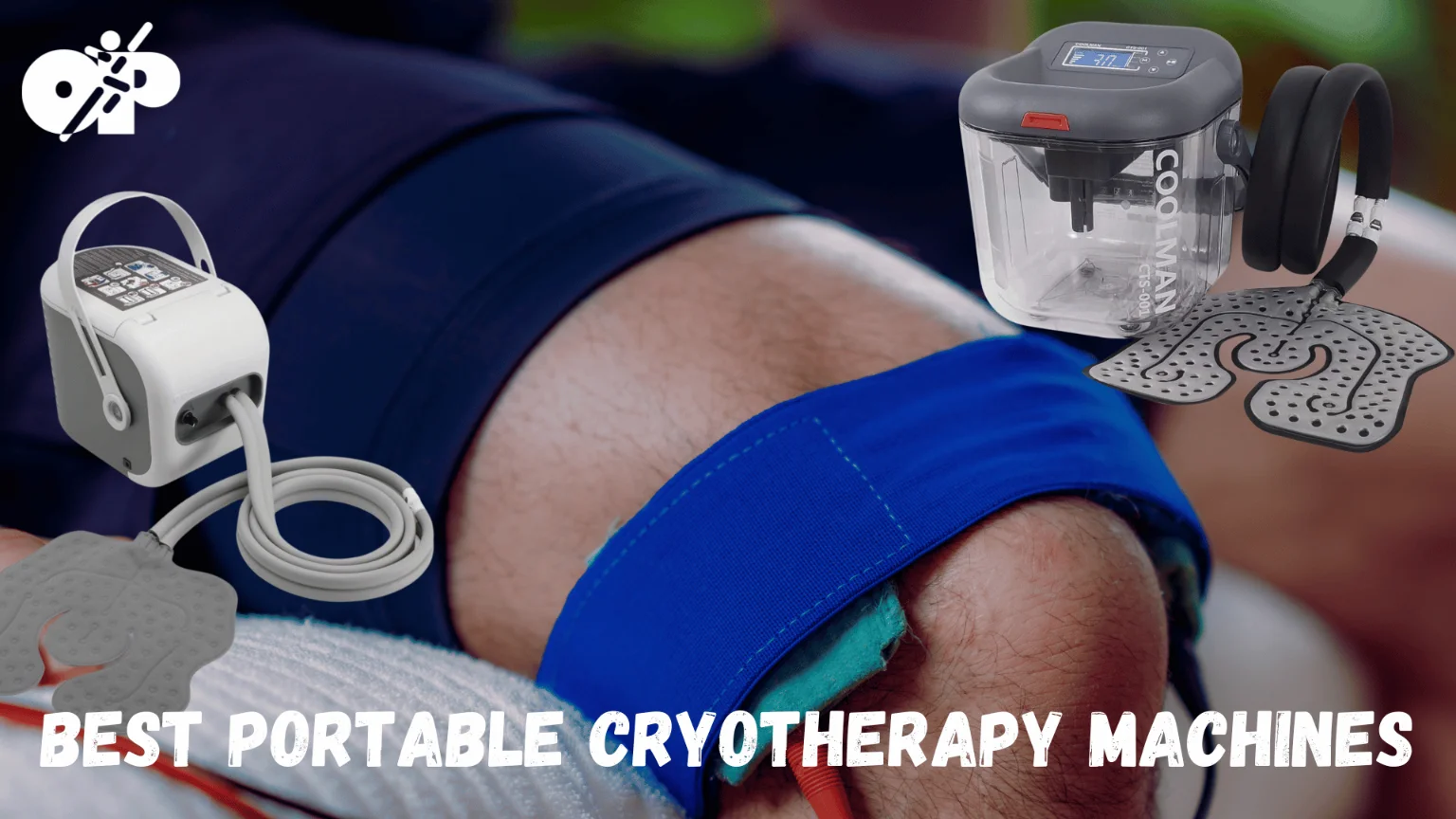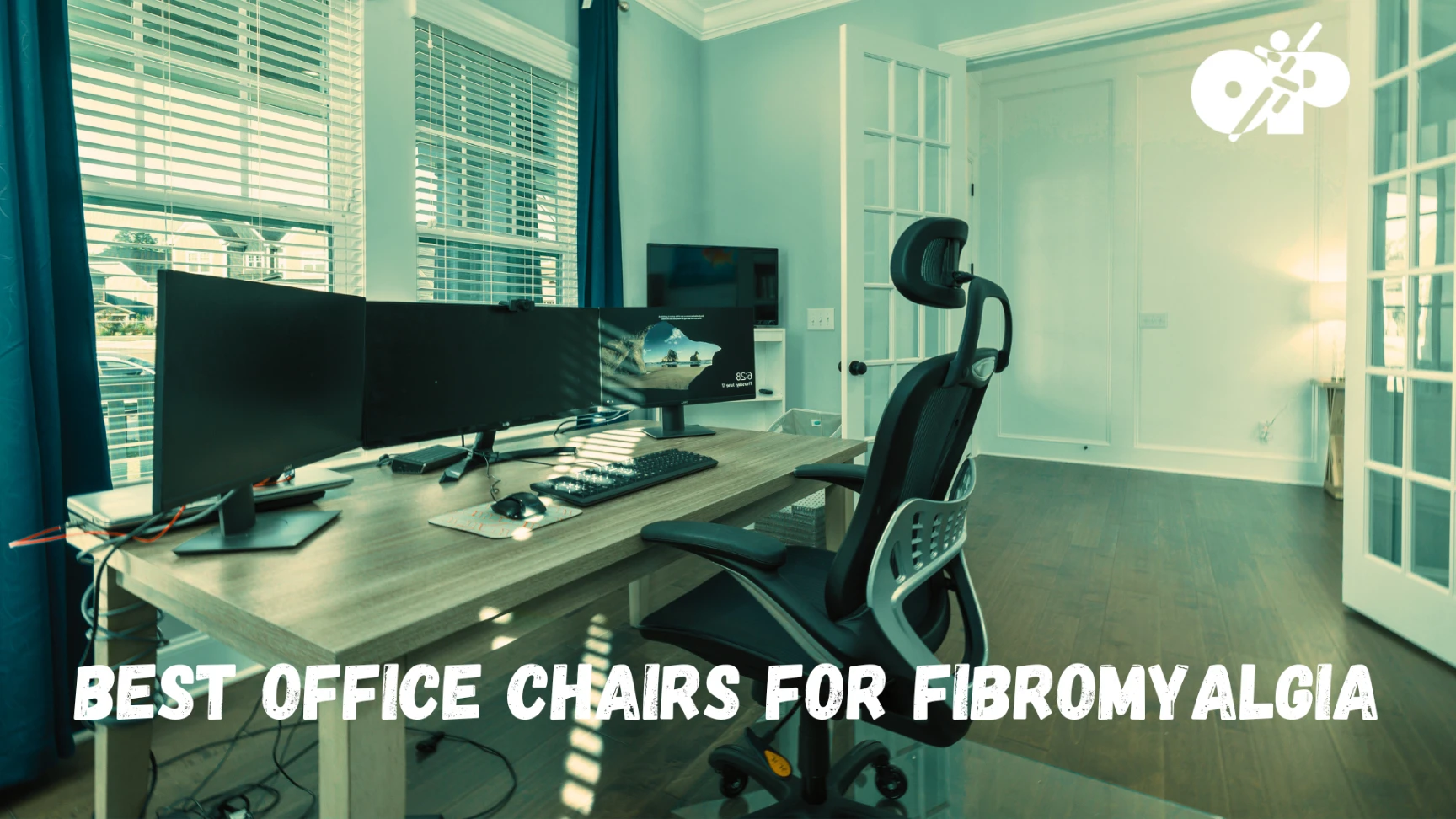Kinesio Taping is a rehabilitative technique designed to facilitate the body’s natural healing process while providing support and stability to muscles and joints without restricting the body’s range of motion. Developed by Dr. Kenzo Kase in the 1970s, Kinesio Taping involves applying a special adhesive tape to the skin. This technique is used for a variety of purposes, including treating pain, reducing inflammation, relaxing muscles, enhancing performance, and supporting rehabilitation after injury. Its usage spans a wide range of conditions and is used by physical therapists, chiropractors, and other healthcare professionals around the world.
In the context of the Achilles tendon, Kinesio Taping is particularly relevant. The Achilles tendon, the largest and strongest tendon in the body, is prone to injuries due to its heavy workload in facilitating movement. Whether an athlete or an individual recovering from a tendon injury, Kinesio Taping can provide vital support to the healing and strengthening of this critical tendon. This article aims to provide an in-depth understanding of Kinesio Taping, with a focus on its application for the Achilles tendon. It will delve into the origins, theoretical basis, anatomy, principles, and application techniques of Kinesio Taping, evidence and research surrounding its efficacy, real-world case studies, best practices for healthcare practitioners, and potential risks and contraindications associated with its use.
History and Background of Kinesio Taping
The Kinesio Taping Method was developed by Dr. Kenzo Kase, a Japanese chiropractor, in the 1970s. Dr. Kase sought to create a therapeutic tape that could support joints and muscles without inhibiting range of motion, as traditional taping methods, like athletic taping and strapping, did. Kinesio Tape is designed to mimic the elasticity of human skin, thereby aiming to work harmoniously with the body’s own movements. It has been increasingly adopted over time and is now a common sight in physical therapy clinics, as well as in high-level sports competitions.
Initially, the Kinesio Taping method was based on the premise that by lifting the skin microscopically, it could improve both blood and lymphatic circulation, which would expedite the healing process and reduce pain and swelling. It was also thought to provide proprioceptive feedback, thereby enhancing movement and function. Over time, as it has gained popularity, extensive research has been conducted to establish the clinical effectiveness of Kinesio Taping, and it has evolved as an essential tool in physical therapy and sports medicine, although the extent and nature of its efficacy continue to be an area of debate and research.
Anatomy of the Achilles Tendon
The Achilles tendon is a thick, fibrous cord that connects the muscles of the calf (gastrocnemius and soleus) to the calcaneus, or heel bone. It is the largest and strongest tendon in the human body, and it plays a crucial role in facilitating movements such as walking, running, and jumping. The tendon is designed to withstand significant stress from daily activities and sports, but it is also vulnerable to injury due to its high workload and limited blood supply. Injuries to the Achilles tendon can range from mild inflammation to severe ruptures.
A common injury to the Achilles tendon is Achilles tendinitis, an inflammation of the tendon often caused by overuse or increased strain. As people age, they may be more prone to developing this condition due to natural degeneration of the tissue. Achilles tendinopathy is a term that covers both inflammation and micro-tears of the tendon, and it may occur when the tendon is subjected to repetitive or intense strain. The Achilles tendon is a common site for using Kinesio Taping because of its propensity for injury and the essential function it serves in mobility. Kinesio Taping can potentially alleviate pain, reduce inflammation, and facilitate a quicker recovery by supporting and offloading the stressed tendon.
Recommended for you:
- Carpal Tunnel Syndrome and its Common Misdiagnosis
- Cant Work Due to Back Pain: Addressing the Global Issue
- A New Approach to Knee Health – Range of Motion Exercises
Principles of Kinesio Taping
One of the foundational principles of Kinesio Taping is that it is designed to facilitate the body’s natural healing process while allowing support and stability to muscles and joints. The application of the tape involves varying degrees of tension, which can range from zero tension (just the adhesive’s contact) to maximal tension (stretched to its full capacity). The direction in which the tape is applied can also be varied to either facilitate or inhibit muscle function. These adjustments allow for the technique to be highly customizable depending on the needs of the patient.
Furthermore, Kinesio Taping is believed to have several potential effects on the body, with purported mechanisms including pain reduction through gate control theory (which postulates that the nervous system can only handle a certain amount of information, and non-painful stimuli, like touch, can block painful stimuli), support for muscles and joints without restricting range of motion, lymphatic and blood circulation enhancement due to the lifting action of the tape on the skin, and providing sensory feedback to assist in proprioception (the body’s ability to sense its location, movements, and actions). For the Achilles tendon, specific techniques can be employed to offload stress on the tendon, support the arch of the foot, or address issues in the calf muscles that may be contributing to the strain on the Achilles.
Application Techniques for Achilles Kinesio Taping
To start the application process for Achilles Kinesio Taping, the patient is typically positioned in a prone (face-down) position with the ankle in a neutral or slightly dorsiflexed position. The skin should be clean and dry, free from oils, lotions, and sweat. The initial anchor (the end of the tape with no tension) is generally applied at the heel bone or the lower portion of the calf, depending on the technique used. The tape is then applied with the appropriate amount of tension along the length of the Achilles tendon, finishing with another anchor without tension at the opposite end. It is important that the tape is not over-stretched, as excessive tension could cause skin irritation or excessive pressure on the tendon.
Variations in taping technique can be applied depending on specific patient conditions or needs. For example, if the goal is to reduce stress at the Achilles insertion, the tape may be applied from the bottom of the heel and extended up towards the calf muscle. If swelling is a concern, a lymphatic taping technique, involving multiple ‘fingers’ of tape extending from a single anchor, may be applied to help encourage the flow of lymphatic fluid away from the swollen area. It is crucial for healthcare professionals to have a comprehensive understanding of the patient’s condition and goals to select and apply the most effective taping strategy. Diagrams or images can further illustrate these techniques visually.
Evidence and Research
The body of research surrounding the effectiveness of Kinesio Taping, especially concerning the Achilles tendon, is continually growing. Some studies suggest that Kinesio Taping can help to reduce pain and improve the functional movement of patients with Achilles tendinitis. For instance, a study may find that patients who used Kinesio Taping in conjunction with traditional physiotherapy methods experienced more significant improvements in pain and mobility than those who used traditional methods alone.
However, the efficacy of Kinesio Taping remains a contentious topic within the medical and physiotherapy communities. Some meta-analyses and systematic reviews have found inconclusive or conflicting evidence regarding the effectiveness of Kinesio Taping in managing musculoskeletal conditions, including those of the Achilles tendon. Critics of Kinesio Taping argue that positive outcomes may be largely attributable to placebo effects, or the natural course of injury recovery, rather than the tape itself. One consistent call across the research community is for more rigorously designed, larger-scale studies to further investigate the effects and mechanisms of Kinesio Taping, thereby filling existing gaps in the current body of evidence.
Patient Case Studies
In one instance, a middle-aged marathon runner presented with acute Achilles tendinitis in the weeks leading up to a significant race. Traditional interventions, such as rest, ice, compression, and elevation (RICE), were initially employed, but the patient was keen to maintain some level of training. Under the care of a skilled physiotherapist, Kinesio Taping was applied to the Achilles tendon, with the goal of offloading the tendon while enabling some controlled, pain-free movement. The runner reported immediate relief and was able to continue light training without exacerbating the condition. On race day, she was able to complete her marathon with manageable discomfort, attributing her ability to compete to the support the taping provided.
On the contrary, another case involved a recreational tennis player who sought relief for chronic Achilles tendinopathy using Kinesio Taping. While initially the taping seemed to provide relief, after several weeks of consistent taping, the patient developed skin irritation and reported no significant improvement in his underlying condition. This case underlines the importance of considering Kinesio Taping as one part of a comprehensive treatment plan, not a standalone solution, and highlights the need for regular reassessment and adjustment of the treatment approach by healthcare professionals.
Practical Tips for Practitioners
For practitioners, it is imperative to remain updated with the latest research and best practices concerning Kinesio Taping. Proper education and certification in Kinesio Taping are highly recommended to ensure the safety and effectiveness of its application. Practitioners should approach Kinesio Taping as a tool in a broader treatment strategy, using it to complement other therapeutic interventions such as exercise, manual therapy, and education.
Educating patients is also a key aspect of the treatment process. Practitioners should explain the purpose of the tape, how it works, and what it can and cannot achieve. Setting realistic expectations for patients is essential. It is also crucial to instruct patients on how to monitor their skin for potential irritation or allergic reaction and to provide clear instructions on tape aftercare, including when and how to safely remove the tape.
Potential Risks and Contraindications
Kinesio Taping is generally considered safe but is not appropriate for all individuals or conditions. For instance, it should not be used on individuals with a known sensitivity or allergy to adhesives, as it can lead to skin irritation or more severe allergic reactions. Furthermore, Kinesio Taping is not recommended for individuals with deep vein thrombosis, as the tape might potentially dislodge a clot.
In addition, practitioners should exercise caution when applying tape to areas with open wounds, active infections, or compromised skin integrity. If the patient experiences increased pain, skin irritation, or any other adverse reaction after the tape is applied, it should be removed immediately. As with any treatment modality, it is vital for practitioners to conduct a thorough patient assessment, considering both the potential benefits and risks before deciding to apply Kinesio Tape.
Kinesio Taping – Quick Summary
Kinesio Taping, since its introduction by Dr. Kenzo Kase in the 1970s, has become a popular adjunctive treatment used by healthcare professionals around the world. With its proposed ability to reduce pain, enhance circulation, and provide support without restricting movement, it has been used extensively in various conditions, including those of the Achilles tendon. As the largest and strongest tendon in the body, the Achilles is subject to a great deal of stress, making it a common site of injury. This explains the growing interest in interventions like Kinesio Taping that aim to offer relief and functional support during the healing process, despite the controversies and debates that surround its effectiveness.
For healthcare practitioners, the key to utilizing Kinesio Taping effectively lies in education and skill. Proper application tailored to individual patient needs is paramount, and Kinesio Taping should be regarded as a part of a comprehensive treatment plan rather than a miracle cure. Patient education is equally important, ensuring that those receiving the treatment have realistic expectations and understand its purpose. The persistent gaps in current research highlight the need for more rigorous, high-quality studies to further explore the mechanisms and efficacy of Kinesio Taping, particularly in relation to the Achilles tendon. As the body of evidence evolves, so too should the practices of clinicians who employ this tool in their treatment arsenal.
Final Thoughts on the Future of Achilles Kinesio Taping
As healthcare continues to evolve, so does the landscape of treatment modalities available to clinicians. Kinesio Taping for Achilles tendon conditions is no exception. Its non-invasive nature, patient comfort, and potential benefits make it an appealing option for clinicians and patients alike. However, for Kinesio Taping to solidify its place in evidence-based practice, more research is needed. Future studies may help to identify the specific patient populations and conditions for which Kinesio Taping is most effective, as well as the optimal techniques and protocols for its application.
In conclusion, as with any medical intervention, the central tenet of patient care remains: ‘do no harm’. As such, practitioners must weigh the potential risks and benefits of Kinesio Taping in the context of each patient’s unique condition and needs. In the coming years, it will be interesting to observe whether Kinesio Taping’s growing popularity will be matched by a solid foundation of research support, cementing its role in the multidisciplinary approach to managing Achilles tendon conditions.





